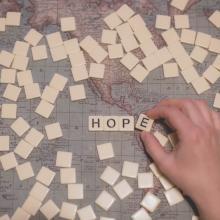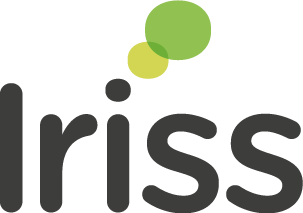James has worked in a range of roles in social work, social care and social work education over the past 40 years in England, Scotland and Lithuania. He currently co-ordinates family group decision making for children on the edge of public care and also has a special interest in support for young carers and their families; and for children and families displaced and separated across borders.
“You can’t understand!”
I saw her face fall and then harden before she turned away from the angry accusation of a young man with cerebral palsy, tensed and alone in his wheelchair. She would never presume to understand his experience. But she did believe in listening beyond words and had spent years attending to each person and their own story, in this institution where she (and I) lived and worked. She had shared countless hours, far beyond competent care, with those less able to articulate pain, frustration, isolation, and, confusion. Of course there had also been times of warmth, hilarity and joy. Yet in that moment she was frozen by his shout across a gulf in possibilities and power. In that moment, she could not even be seen as a person on the other side.
Disabilities – pathways and perspectives is a resource. The hope is that it becomes a prompt for reflection, in and out of work, whatever each reader’s responsibilities, beliefs, uncertainties, stage in career and life path.
Deep thanks are due to co-authors for their open-hearted attitude to sharing personal experience. It takes courage and humility to be so transparent about twists and turns in development of self-awareness and perspective. I could never fully appreciate their experience, but for me they help in different ways to bridge a gulf in understanding, and to reduce a ‘distance’. Thanks are also due to the critical friends for their reflections on impressions and openness to learning from others in this collaborative process.
‘Disabilities’ are part of the warp and weft of life challenges and evolving identity in all work settings, whatever the depth and duration of working relationships. In each situation the interacting chemistry of disabilities, personal histories, relationships and environment is unique. With each person, we begin again, knowing little, as we seek to understand the transitions that both challenge and motivate them.
Each co-author offers a story which opens a little window on their unique journeys through five countries; in a range of ages, stages, roles and structures; through threatening times, both in war and in peace. Cumulatively, the resource may serve to encourage listening to each person’s experience in context. Perhaps it will contribute to promotion of critical self-awareness, including appreciation of culture, assumptions, systemic and personal blind spots.
Readers may also notice blind spots in the resource. It is not comprehensive, has no ambition to cover a limitless field, and is not a toolkit. Words and even stories have limitations. There are many other creative ways to express, respect and value the emotional depth and process of pathways and perspectives.
In this Pathways resource, co-authors share impressions that are sharp for them. Then, stepping back and reviewing their own narrative, co-authors adjusted and crystallised their own perspectives to be true to their own sense, and for shared understanding. At the end of the resource, themes recognised by co-authors are summarised and graphically represented. Co-ordinating the Pathways, I felt resourced and inspired by such gifts, disparate expressions of shared humanity and responsibility. Co-authors and contributors hope that each reader enjoys taking some impressions away that support their own listening, connections, quests and actions.




